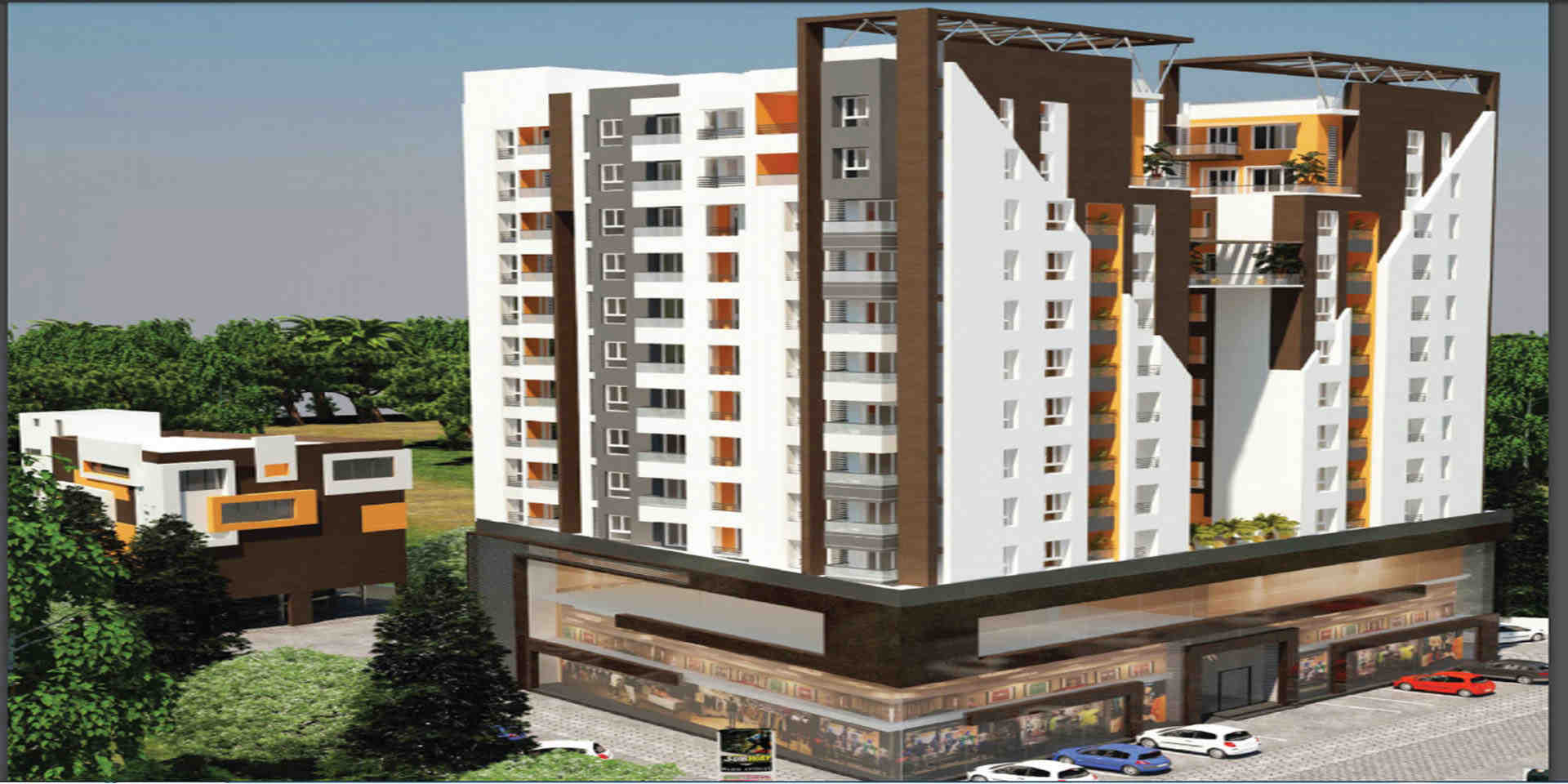How Do Chennai’s Luxury Flats Compare to Those in Other Indian Cities?

Luxury flats in India have seen remarkable growth over the past decade, with metropolitan cities leading the way in premium housing projects. Chennai, with its mix of tradition and modernity, has developed a strong market for high-end apartments. But how do Chennai’s luxury flats compare to those in other major cities like Mumbai, Delhi, and Bangalore? This article explores the key differences in terms of pricing, amenities, location advantages, and investment potential.
Pricing and Affordability
Pricing is often the first aspect buyers consider when looking for a luxury apartment. Compared to Mumbai and Delhi, Chennai’s luxury flats are relatively more affordable. In Mumbai, premium residences in areas like South Mumbai or Bandra can cost significantly more per square foot than similar offerings in Chennai’s upscale neighborhoods such as Nungambakkam or Boat Club Road. Delhi’s luxury market, especially in areas like Lutyens’ Delhi and South Extension, also commands a high price due to limited supply and the presence of ultra-high-net-worth buyers.
In contrast, Chennai offers a balanced pricing model where buyers get spacious, high-end apartments without the exorbitant rates seen in Mumbai. While Bangalore also provides competitive pricing, the real estate appreciation in Chennai has been steadier, making it an attractive long-term investment.
Amenities and Features
Luxury housing in major cities often comes with high-end features such as infinity pools, advanced security systems, home automation, and dedicated concierge services. Chennai’s luxury flats have kept pace with these trends, offering well-equipped clubhouses, private elevators, and landscaped terraces. Developers focus on premium fittings, energy-efficient designs, and recreational spaces that cater to modern lifestyles.
However, Mumbai’s luxury projects often have an edge in terms of exclusivity, with developments featuring private helipads and ultra-premium concierge services. Bangalore’s luxury segment places emphasis on smart home technologies, while Delhi’s elite residences focus on grand architectural designs and opulent interiors. Chennai maintains a balance, delivering high-end features without excessive embellishments that drive up costs.
Location Advantages
Each city has specific areas that define its luxury real estate market. In Chennai, neighborhoods like Poes Garden, Adyar, and ECR attract premium buyers due to their connectivity, peaceful surroundings, and access to essential services. These locations provide a mix of old-world charm and modern infrastructure, making them highly desirable for high-end residential projects.
Mumbai’s luxury apartments are often concentrated in South Mumbai, Bandra, and Worli, where sea-facing views command a premium. Delhi’s high-end properties are clustered in areas like Golf Links, Vasant Vihar, and Chanakyapuri, known for their diplomatic presence and exclusivity. Bangalore’s premium residences are mainly in Whitefield, Indiranagar, and Koramangala, where technology professionals prefer high-end accommodations close to business hubs.
FOR MORE INFORMATION CLICK HERE : eid chocolate gifts
Investment Potential
Investing in luxury flats depends on future appreciation, rental demand, and infrastructure development. Chennai has shown consistent growth in real estate value, making it a stable option for investors. With the expansion of metro connectivity and improved road networks, luxury Flats in Chennai are seeing increased demand from both end-users and investors.
Mumbai, being India’s financial capital, remains a top investment choice despite high entry costs. Delhi’s market, although lucrative, is often influenced by regulatory changes and political factors. Bangalore, with its booming IT sector, has seen steady demand for premium apartments, especially among expatriates and tech entrepreneurs.
Cultural and Lifestyle Preferences
The lifestyle offered by luxury flats in each city is shaped by local culture and buyer expectations. Chennai’s high-end apartments emphasize spacious layouts, serene environments, and traditional architectural influences blended with contemporary designs. Mumbai’s luxury homes focus on maximizing space efficiency in high-rise towers, given the city’s space constraints. Delhi’s elite residences are often expansive, catering to large families and diplomatic requirements. Bangalore’s high-end homes lean towards a blend of green spaces and modern aesthetics, appealing to the tech-savvy crowd.
Conclusion
Chennai’s luxury flats hold their own against those in other Indian metros by offering a mix of affordability, premium amenities, and long-term investment potential. While Mumbai and Delhi may offer more exclusive and high-priced properties, Chennai’s market provides a practical and well-rounded choice for buyers looking for high-end living. For those seeking a balance between cost and premium features, Chennai remains a strong contender in India’s luxury real estate sector.




